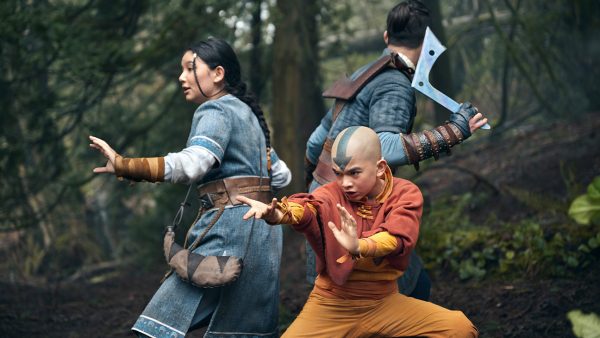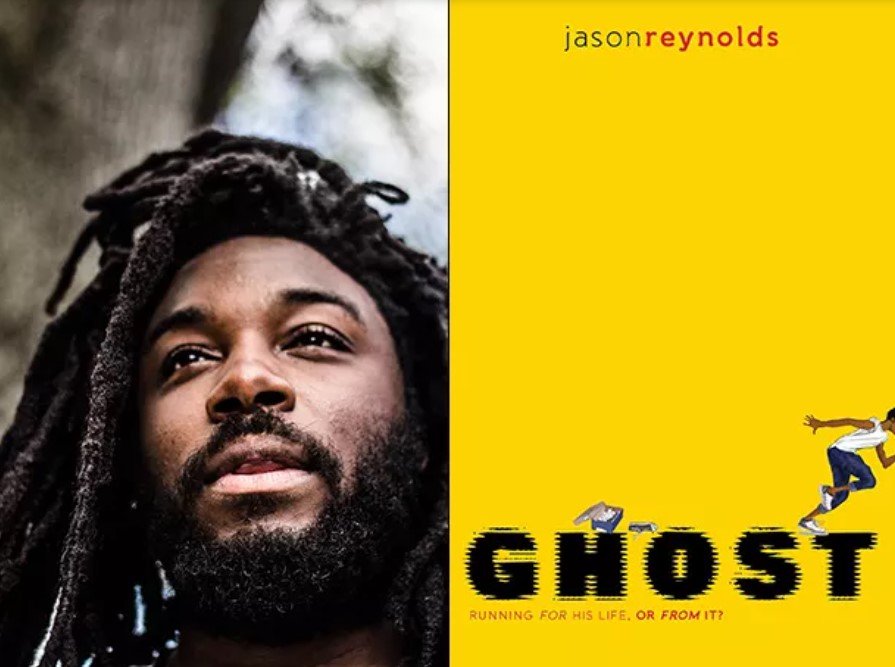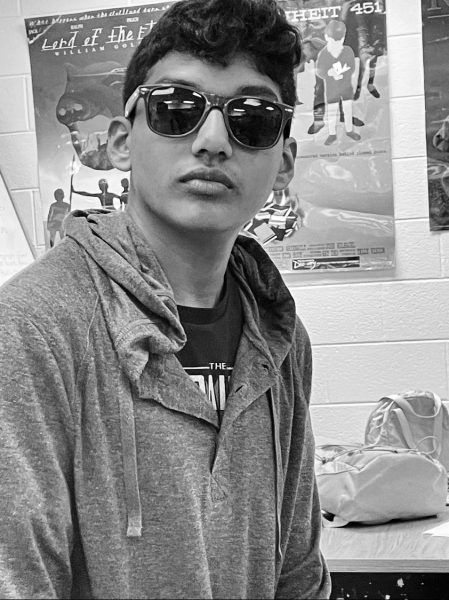Avatar: The Last Airbender (ATLA) is a Nickelodeon animated series that ran from 2005-2008. The show follows Aang and his friends, Katara, Sokka, and Toph as they adventure throughout the world to put an end to a war that has lasted over 100 years. ATLA takes place in a world with four major nations, the Water Tribe, the Earth Kingdom, the Fire Nation, and the Air Nomads — each represented by a natural element that the nation is named after. Within each nation, there are many individuals known as “Benders”, who can control and manipulate the elements from their respective nations.
The animated series was incredibly successful and after its conclusion in 2008, Nickelodeon wanted to expand the franchise further. “The Last Airbender” Directed by M. Night Shyamalan would be released in 2010 and then swiftly followed by the 2012 animated sequel series, “The Legend Of Korra.” which concluded in 2014 (TLOK). These additions to the franchise were heavily criticized, leaving many viewers unsatisfied with the final results after TLOK concluded, the franchise would be dormant until 2018 when Netflix announced an avatar live-action remake, however, the original showrunners would leave the show in 2020, delaying production until 2021.
After a few years in production, Netflix’s Avatar: The Last Airbender would finally release in 2024. Similarly to TLOK and the 2010 Movie, Netflix’s Avatar was heavily criticized, with both critics and fans being divided on the show. With many live-action remakes, it’s important to acknowledge the existence of the original creation, however, it’s also crucial to look at the changes made and the direction the project was intended to take.
In an interview with IGN regarding the changes there would be in the remake, showrunner Albert Kim would explain “So for us, it was about striking that right balance, of making sure you were true to the DNA of the original. But at the same time, we had to make it a serialized Netflix drama, which meant it couldn’t just be for kids. It had to also appeal to the people who are big fans of Game of Thrones. And so, it had to feel grounded and mature and adult in that way too.”

From this quote, Kim expressed how the series would be more grounded and mature, however, this direction with the show would not be presented well. In the Netflix adaptation, almost every character is incredibly dull and lacks personality, this doesn’t make the characters more “mature”, it creates an unpleasant viewing experience. It contrasts especially when certain characters are placed with others. For example, early in the series, Aang, played by Gordon Cormier, speaks with one of the previous Avatars, Avatar Roku, who exists as a spirit to share his wisdom with the Avatar. Roku’s actor, C.S Lee puts on a great performance, portraying a more laid-back and easy-going spirit rather than the serious, business-only character from the series. Although the performance is great, it contrasts heavily with Gordon Cormier’s performance as Aang, who speaks in a flat tone with very little expression. This contrast in performances happens a lot throughout the show and it’s clear that it was due to how the actors were directed. In multiple interviews and behind-the-scenes for the show, every actor seems passionate about their roles, even being major fans of the original series. Unfortunately, the actors’ passion is non-existent in the actual show, since it’s meant to be a more “mature” angle, which does not work in the adaptation because the original series was about the characters maturing as their journey continued. Although the majority of the show fails at having successful mature characters and themes, some additions are very well implemented. The best was the attack on the Air Nomads. In the original series, the death of the entire Air Nation was rarely focused on, despite it being a crucial moment in Aangs life. The Netflix adaptation shows this vicious attack extensively, which looks and sounds even better with a 15 million dollar per episode budget being used to its fullest effect, creating beautiful scenery for such a dark moment.
Unfortunately, amazing moments like the Air Nation attack don’t linger, likely brought on by the horrendous pacing of the show. The original series had over 20 hours of content across 63 episodes, by contrast, Netflix’s adaptation contains 8 episodes, each consisting of a runtime of close to an hour. Certainly, a lot of content would have to be cut however the Netflix adaptation cuts out many integral moments for character and world-building, making the world incredibly empty and absent of personality outside of a Cabbage vendor. This issue could’ve been avoided by focusing on more character-driven aspects of the story or by extending the number of episodes in the season.
Although there are many issues throughout the show, there is a silver lining through the music, action, cinematography, and visuals. The visuals shine best alongside any scene that involves flying, weird animals, or action scenes. Each fight looks incredible, and although some of the visuals can look odd at times, it doesn’t ruin the action. Everything flows perfectly, especially with earth and fire. The music is also beautiful, adding multiple layers of power in its scenes, whether it’s an attack on a nation or soaring in the air with a flying bison.
Netflix’s adaptation is incredibly flawed, with very few scenes that capture the beauty of the original, it’s clear there is a passion with the entire cast working on the show, which is, unfortunately, being held back by a further embraced and badly directed “grounded and mature” tone. Netflix’s Avatar The Last Airbender is far from perfect however all the pieces to create a great series, as well as adaptation, exist, but in its current state, Netflix’s Avatar is best seen as an introduction to the rest of the Avatar franchise.







